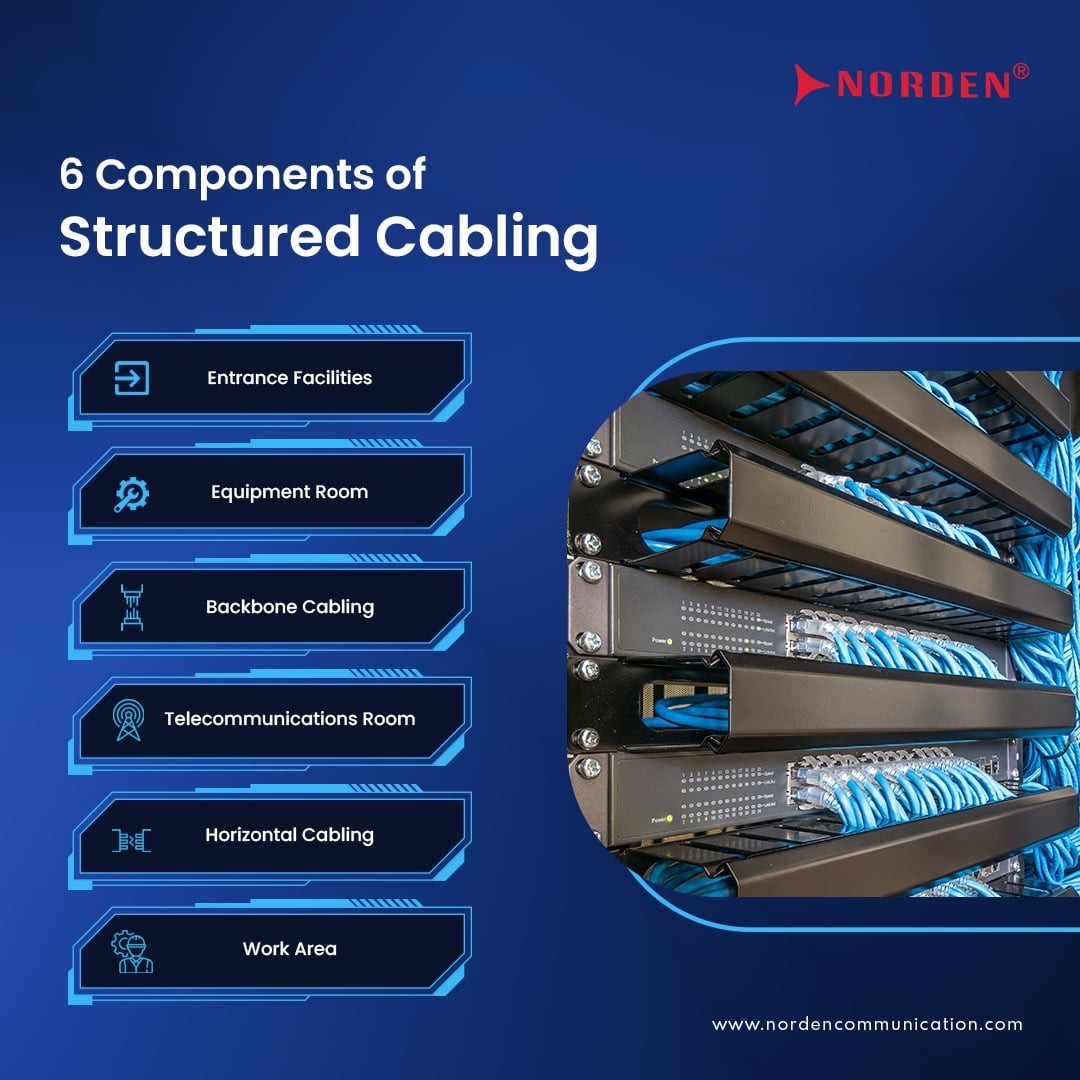Fill out your details and our executive will get in touch with you soon.











































































































































Cable systems have witnessed a quantum change over decades. Once it was just two-pair or four-pair copper wires connecting the main device with components. Nowadays, those have given way to futuristic connectivity. The cable systems carrying high-speed data and voice signals have become part of the new infrastructure.
Standardization is the key aspect of every system. A standardized structure is vital for interchangeability, scalability, integration of new systems, the embodiment of modifications etc.
The evolution of the cabling systems also necessitated standardized connections, cables, and components. The copper, coaxial, and fibre cables required standardized connectors to establish a seamless cabling system.
Evaluating the standardization needs, the American National Standards Institute, along with the Telecommunication Industry Association in the US has formulated a set of standards. The ANSI/ TIA-568 standard, thus introduced, comprises guidelines, specifications, dimensions and specific advice for commercial, residential and industrial cabling systems.
The structured cabling is based on this standard. It has six components that define the framework, cable installation process, and other relevant measures. The six components of structured cabling are:
Let’s look into the other aspects of structures cabling in the subsequent sections.

We have seen what the six components of structured cabling are. Now let’s examine in detail each of those components.
Structured Cabling has been one of the most-opted cabling systems. Especially due to its simple installation process and effective functioning. It is proven ideal also for the latest IoT system as well.
Also Read: Difference between Shielded and Unshielded Cables
Structured cabling acquired wide acceptance owing to several of its productive characteristics.
Similar to the reasons we stated above, structured cabling has many benefits, which make it preferable for every entity. Residential buildings, industrial units and large commercial establishments can opt for structured cabling and get the telecom connectivity in a lesser time than the others do.
These factors make structured cabling the best suited for all.
Also Read: What are Control Cables? What are its Applications?
From a single storey house to a skyscraper, the structured cabling supports every kind of structure. The cost-effective cabling solution has been one of the most preferred for years. Scalability makes this cable system futuristic to the core. Check out with reliable cable system manufacturers and suppliers to have a detailed view of the components and the installation process.
What do you think about the acceptability of structured cabling? Do share your opinion with us.

















